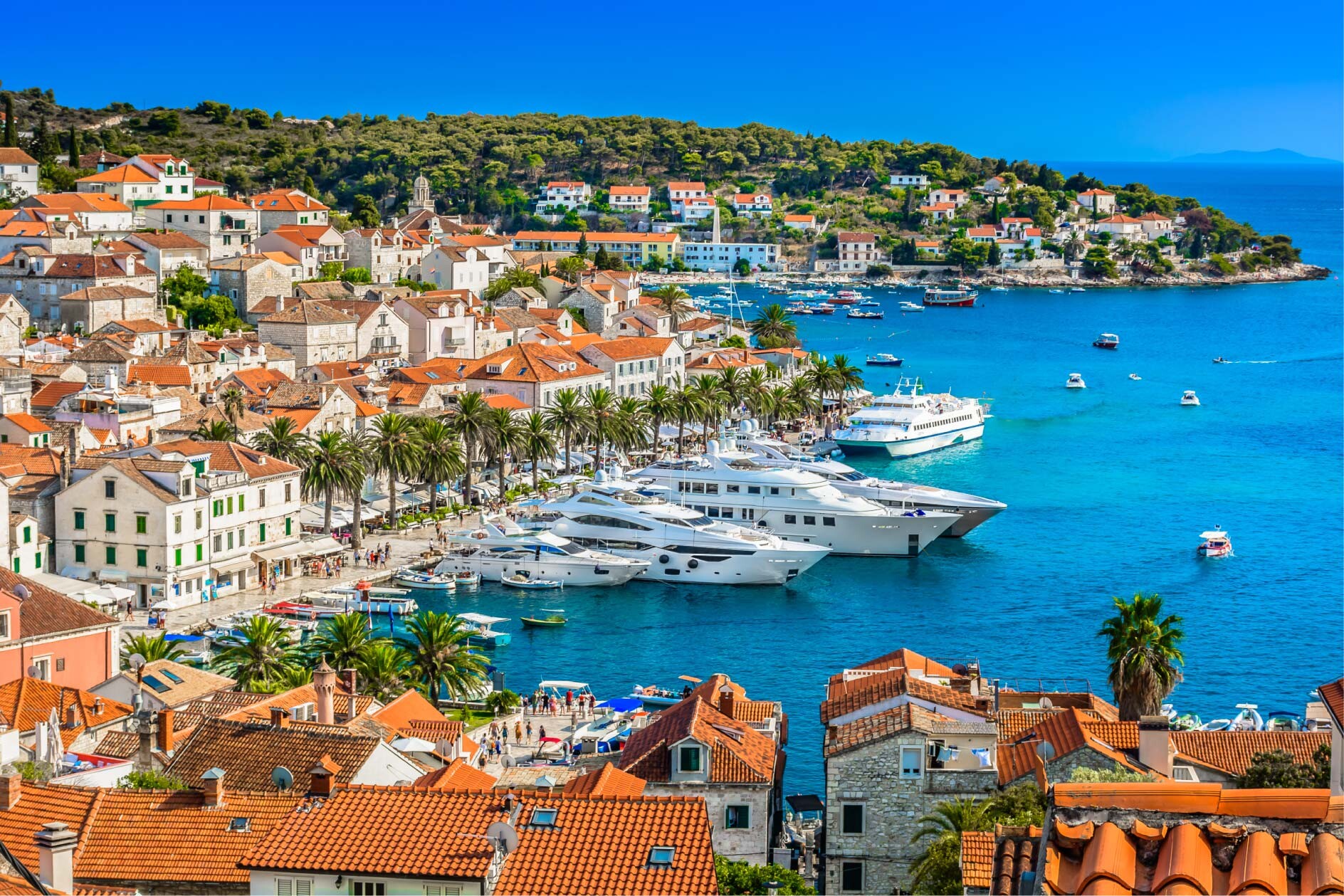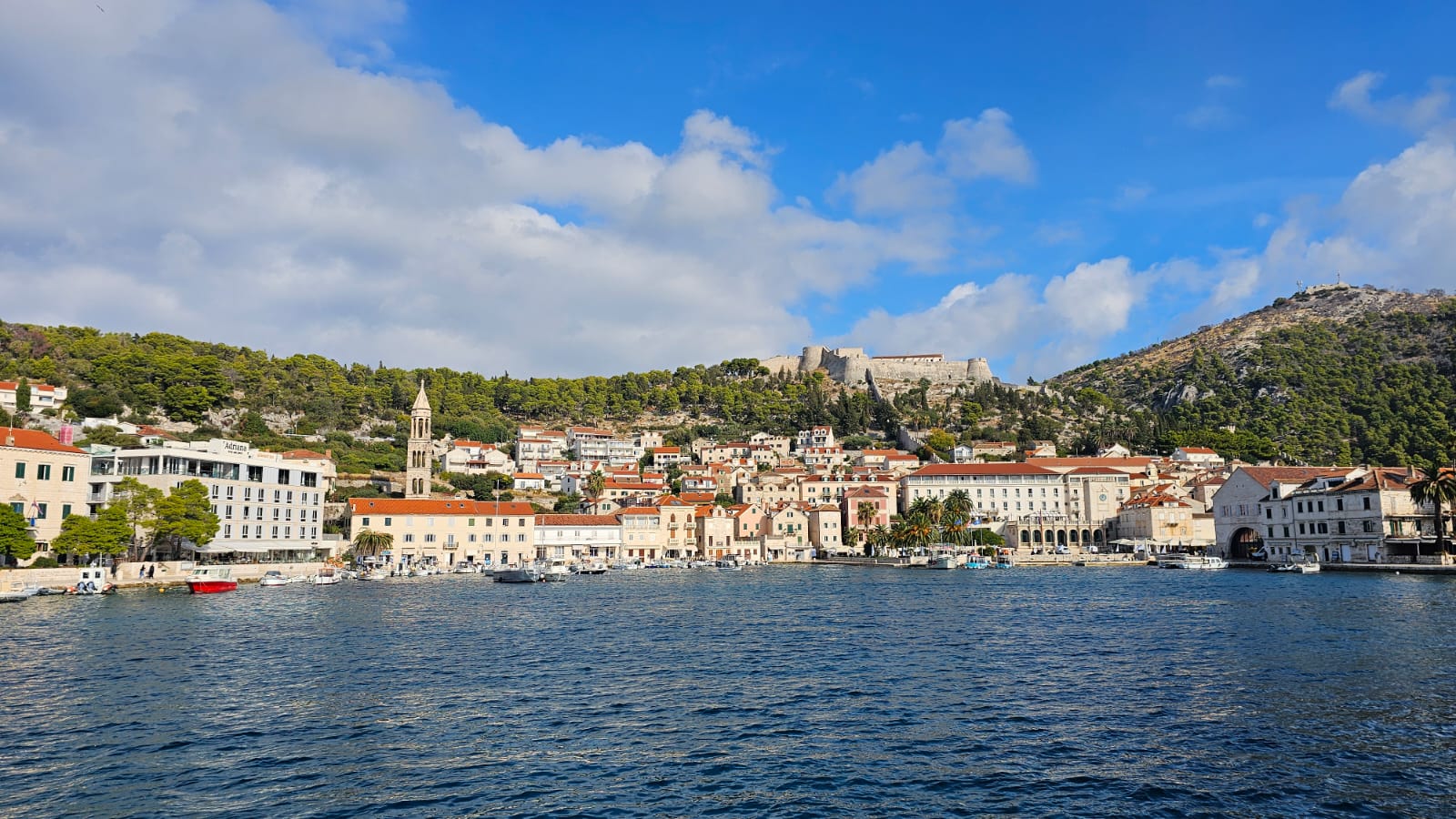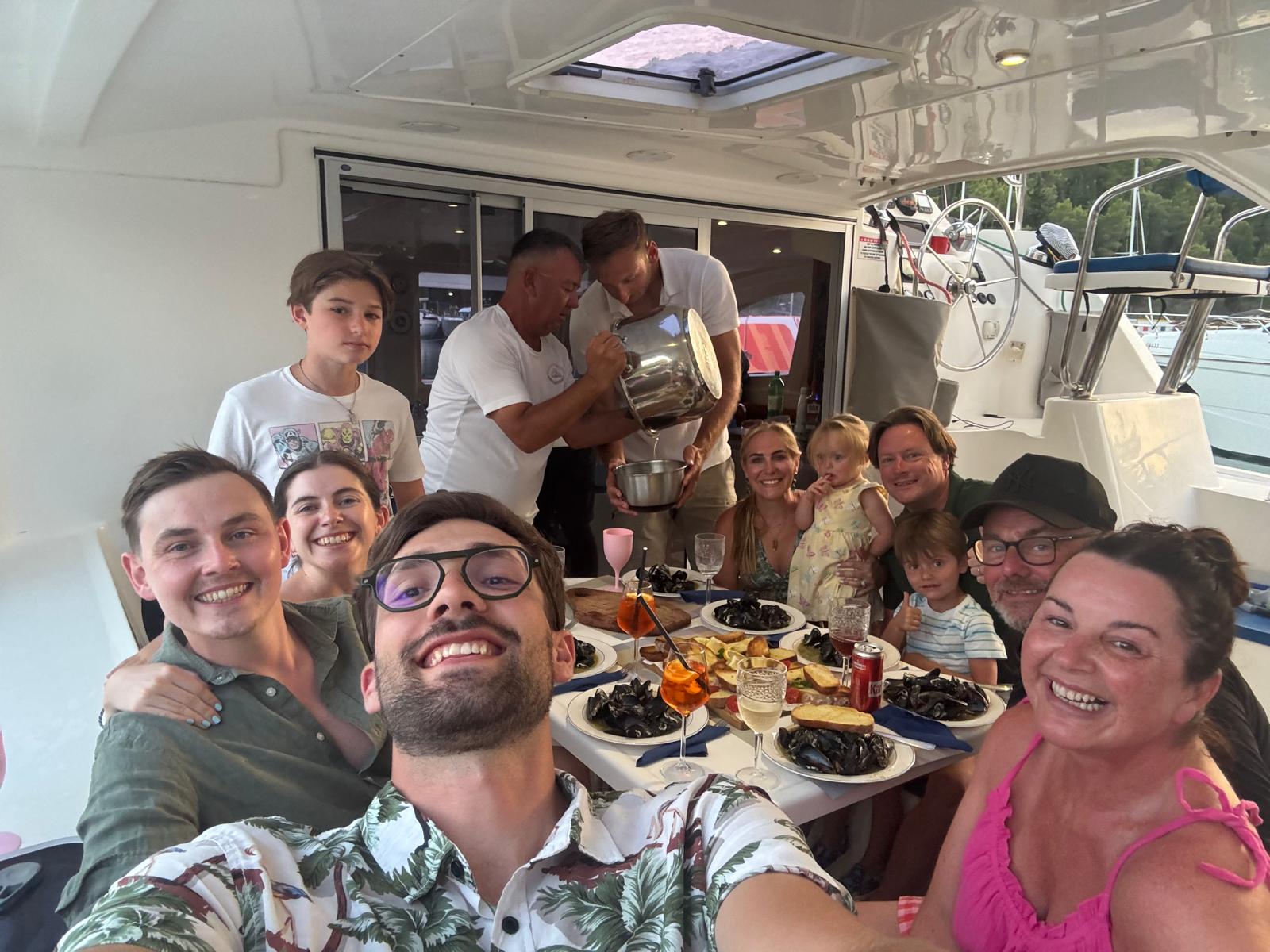There’s no wrong way to explore Stari Grad, unless you try to rush it. This town doesn’t believe in hurry. It believes in long walks, slow sips, and taking wrong turns that somehow lead to the best views.
Hike: Lace up and get lost (in a good way). The cobblestone streets, coastal paths, and trails through olive groves are made for wandering. Every few steps, there’s a cat, a coffee, or a view that demands you stop pretending to be fit and just admire the scenery.
Bike: The Stari Grad Plain is the island’s version of a time machine, flat, ancient, and filled with stories. Pedal past vineyards and lavender fields that have been around since the Greeks, stop to meet locals who will definitely offer you something to taste, and pretend it’s part of your cultural research.
Jeep tour: When your legs officially give up (they will), jump into a jeep and let someone else handle the hills. You’ll bump along pine-scented roads, through forgotten villages, and end up at spots where the sea looks too good to be real. It’s adventure with just the right amount of dust in your hair and salt on your skin.
Our advice? Mix all three if you can. Walk a bit, bike a little, drive a lot, and stop often, preferably wherever there’s food, wine, or a curious donkey staring at you like you’re the entertainment.












